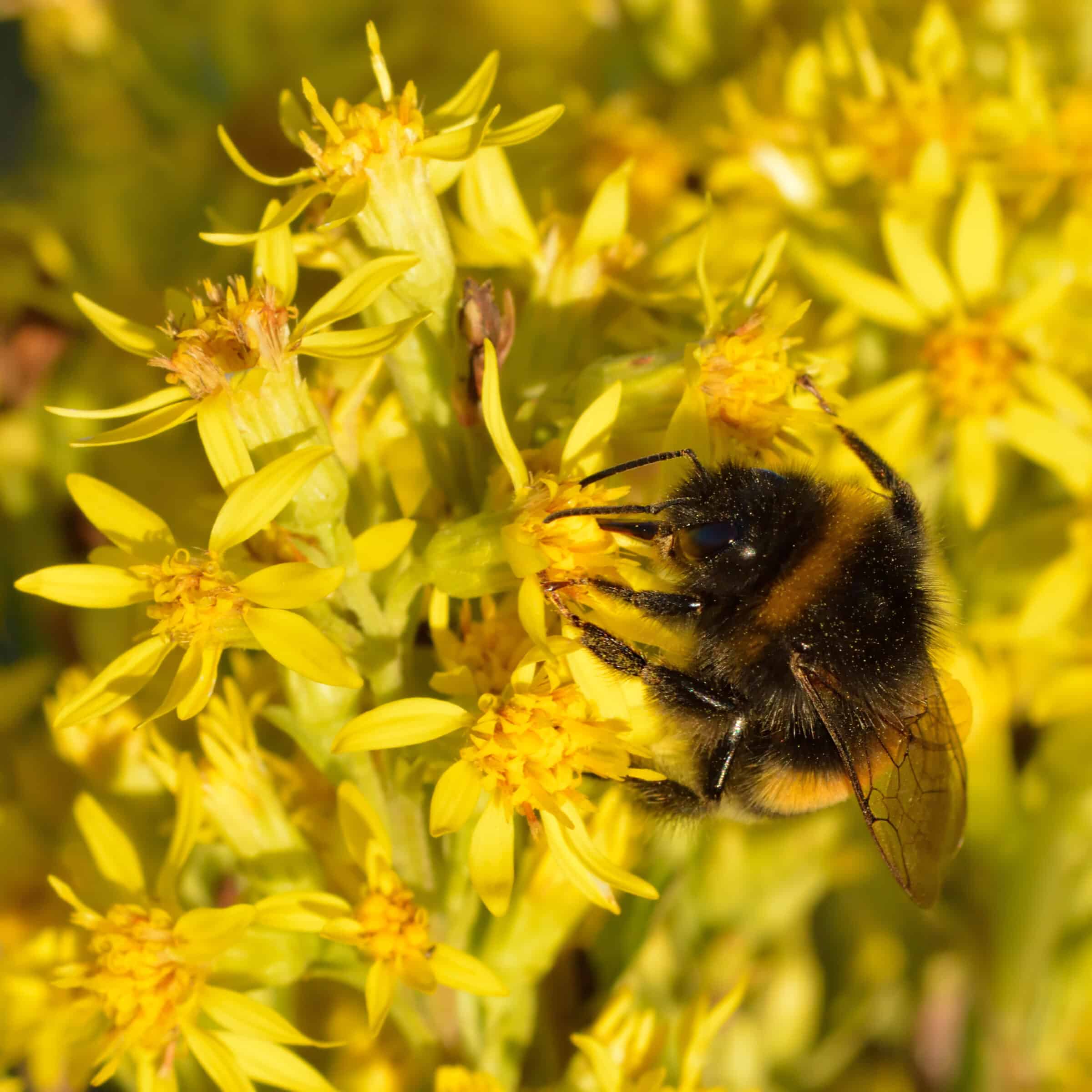 Life Sciences
Life Sciences
 Neuroscience & Mind
Neuroscience & Mind
Evolutionary Biologist Defines Goldenrod Plant as “Intelligent”

When I say that panpsychism (everything is conscious) is slowly gaining ground in science against traditional naturalism (even human consciousness is an illusion), some readers may wonder, is anything really changing…?
Well, a science journal paper publicized last month argues for intelligence in plants:
Goldenrod can perceive other plants nearby without ever touching them, by sensing far-red light ratios reflected off leaves. When goldenrod is eaten by herbivores, it adapts its response based on whether or not another plant is nearby. Is this kind of flexible, real-time, adaptive response a sign of intelligence in plants?
The question is not easy to answer, but Andre Kessler, a chemical ecologist, makes an argument for plant intelligence in a recent paper in the journal Plant Signaling and Behavior.
CORNELL UNIVERSITY, “ARE PLANTS INTELLIGENT? IT DEPENDS ON THE DEFINITION,” SCIENCEDAILY, JUNE 12, 2024
Note that Cornell University, not New Age News, is sponsoring the media release quoted above.
Ecologist and evolutionary biologist Andre Kessler found that there were over 70 definitions of intelligence out there and little agreement, so he and a student developed their own definition for plants:
To make their argument for plant intelligence, Kessler and co-author Michael Mueller, a doctoral student in his lab, narrowed their definition down to the most basic elements: “The ability to solve problems, based on the information that you get from the environment, toward a particular goal,” Kessler said.
As a case study, Kessler points to his earlier research investigating goldenrod and its responses when eaten by pests. When leaf beetle larvae eat goldenrod leaves, the plant emits a chemical that informs the insect that the plant is damaged and is a poor source of food. These airborne chemicals, called volatile organic compounds (VOCs), are also picked up by neighboring goldenrod plants, prompting them to produce their own defenses against the beetle larvae. In this way, goldenrod move herbivores on to neighbors, and distribute damage.
CORNELL, “DEPENDS ON THE DEFINITION”
Comparison of Plant Cells to Bees
Kessler is influenced by the idea that individual plant cells are like bees and the plant is like a colony — a superorganism where the members think collectively. That’s an interesting comparison, when we consider the work of Lars Chittka, who argues — in a science context — for the complex intellectual and emotional life of bees.
Of the plant cells, Kessler says,
“They can smell out their environment very precisely; every single cell can do it, as far as we know,” he said. Cells might be specialized, but they also all perceive the same things, and they communicate via chemical signaling to trigger a collective response in growth or metabolism. “That idea is very appealing to me,” he said.
KRISHNA RAMANUJAN, “ARE PLANTS INTELLIGENT? IT DEPENDS ON THE DEFINITION,” CORNELL CHRONICLE, JUNE 11, 2024
If Plants Are Seen as Intelligent, Where Is Science Headed?
Panpsychism is probably best understood as a form of naturalism that accepts the reality of intelligence. It is, of course, in conflict with the older type of naturalism, which attempts to explain intelligence away. That clash seems to be the basis of the current disagreement between Darwinian evolutionary biologist Jerry Coyne and bee ecologist Chittka, which we looked at last week.
Panpsychism, like traditional naturalism, has a fatal flaw. Traditional naturalism’s flaw is incoherence. If human consciousness is an illusion, whose illusion is it?
Panpsychism’s flaw — as a newer form of naturalism — is that it cannot simply group human consciousness in with the rest. Human consciousness is not merely a souped-up variety of animal consciousness. It has elements like reason and moral choice that are not found in nature, animate or inanimate. But panpsychism at least makes more sense than traditional naturalism does of what Alfred Russel Wallace (1823–1913) called the “world of life.”
Note: The paper is open access. From the Abstract,
Plant induced responses to environmental stressors are increasingly studied in a behavioral ecology context. This is particularly true for plant induced responses to herbivory that mediate direct and indirect defenses, and tolerance. These seemingly adaptive alterations of plant defense phenotypes in the context of other environmental conditions have led to the discussion of such responses as intelligent behavior. Here we consider the concept of plant intelligence and some of its predictions for chemical information transfer in plant interaction with other organisms. Kessler, A., & Mueller, M. B. (2024). Induced resistance to herbivory and the intelligent plant.
Plant Signaling & Behavior, 19(1). https://doi.org/10.1080/15592324.2024.2345985
Cross-posted at Mind Matters News.
